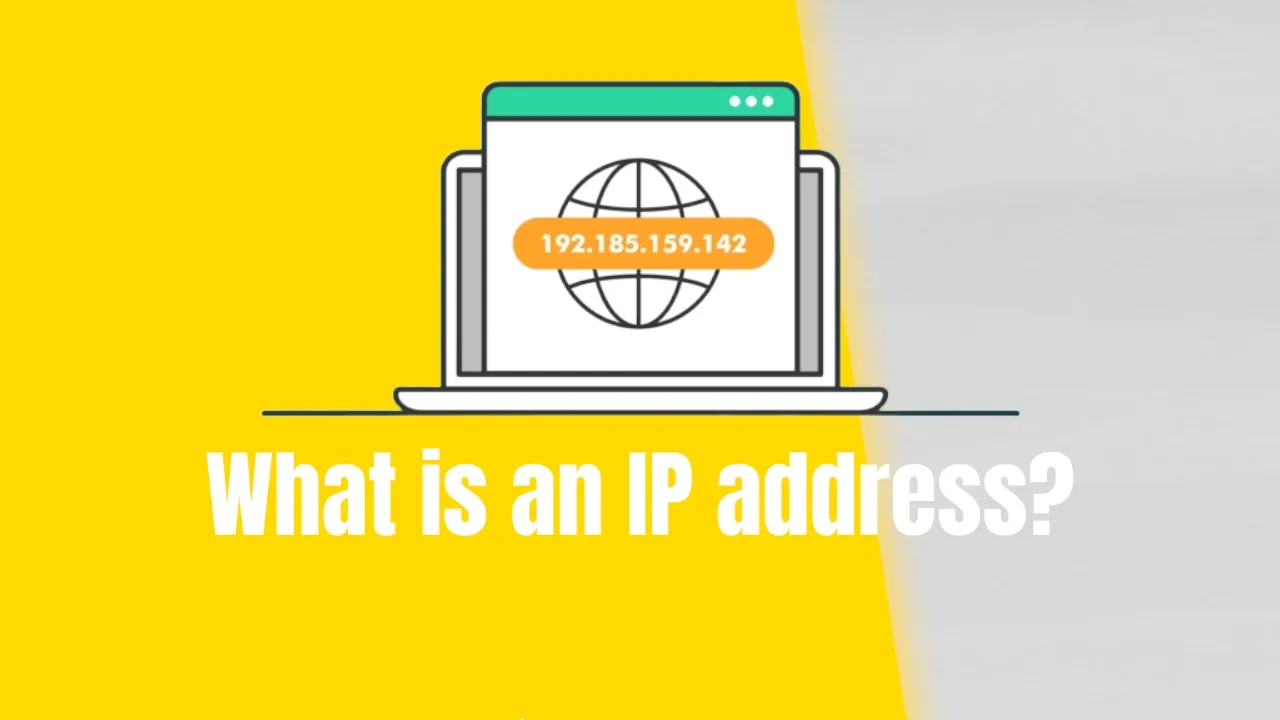In the age of the internet that we live in, every computer on the Internet, whether it’s the webserver for this website, or the computer your sitting at right now, must be addressable so that online services, such as email, instant messaging, gaming, and banking and so on, can send messages reliably to the intended computer recipient. The unique identifier associated with each computer on the internet which facilitates this is known as an IP address.
So, what is an IP address?
IP addresses are part of the TCP/IP (Transmission Control Protocol/Internet Protocol) standard for networked communications, which is the basis of how computers talk to each other on the Internet.
There are two versions of the IP addressing system currentlyi n use today; they are IPv4 and IPv6. IPv4 addresses and IPv6 addresses look al ittle different, but they essentially do the same job, which is to make computers addressable. The IPv6 version is newer, and exists to solve the problem that IPv4 was running out of IP addresses that could be assigned to computers. The maximum number of IPv4 addresses possible is around 4 billion,
while the maxmimum number possible IPv6 addresses is of the order of 320 trillion trillion trillion. It’s a very big number, that is not likely to run out of addresses in the near future.
Let’s take a closer look at what IP addresses look like, and how they work.
IPv4 address
IPv4 addresses are made up of four numbers separated by periods or dots. Each of the four numbers is a decimal number (base-10) representation of an 8 bit binary number (base-2), and so each address is made up of 32 bits (4×8). This means that the total number of IPv4 addresses is around 4.3 billion (232).
Some example IPv4 addresses look like the following:
176.196.2.1
255.255.255.255
1.1.1.1
IPv6 address
IPv6 was introduced the deal with the fact theat IPv4 was approaching its limits—it was basically running out of unused IP addresses.
IPv6 addresses are made up of 8 numbers, this time separated by colons. Each of the 8 numbers is a hexadecimal number (base-16). This gives 128 bits for address, which means there are 2128 total addresses available, and this is a very big number (or about 3.403×1038 addresses).
The image below illustrates what IPv6 addresses look like, and how they can be abbreviated:
Static and dynamic IP addresses
So where does your computer get its IP address? IP addresses can be static or dynamic. A static IP address is one that is set at the computer itself, perhaps by the administrator, by editing a network configuration file and specifying the IP address. A static IP address never changes. More often though, dynamic IP addresses are used. If your computer is set up to use dynamic IP addresses, once you turn it on and connect to the network, it will attempt to obtain a temporary or dynamic IP address from the router or DHCP (Dynamic Host Configuration Protocol) server. Dynamic IP addresses are only leased for a certain amount of time, and when that time elapses, then a computer must obtain another dynamic IP address. Sometimes the IP address obtained will be different from the previous one, hence the dynamic in DHCP.
IP adresses to domain names
You’re probably wondering by now, how do we get from IP addresses to the domain names you’re more familiar with (e.g. rotrica.com,amazon.com, google.com). This is the job of the Domain Name System or DNS system, which employs many DNS servers around the Internet whose sole purpose is to convert between domain names and IP addresses.
Learn more about the DNS system in our article “What is a DNS Server?”
What is my IP address?
So you’re on a computer on the internet reading this right now, so your computer must have an IP address, right? Curious to find out what it is? There are a few different ways.
The first is right here! Most of the time, it’s possible to get a user’s IP address from the request made by the client browser, so it’s just a matter of pulling this from the request your browser made for this page.
So you should be able to see your IP address below.
Your IP address
196.206.171.61
Since you’re online right now, you can also visit a website such as whatsmyipaddress.com to find out your address. Even searching Google for “What’s my IP address?” can give you the information you’re looking for:
Another way is to bring up the command prompt, and type in “ipconfig” (Windows) or “ifconfig” (OSX/Linux), and hit return. You will likely get more information this way than the first method above. In fact you might see several IP addresses. If this is the case, one of the IP addresses is likely to be the IP addresses your machine has on your local network—the small network made up of your computer and your router—and the other one will be the
public IP address that your ISP has assigned you for the Internet itself.






